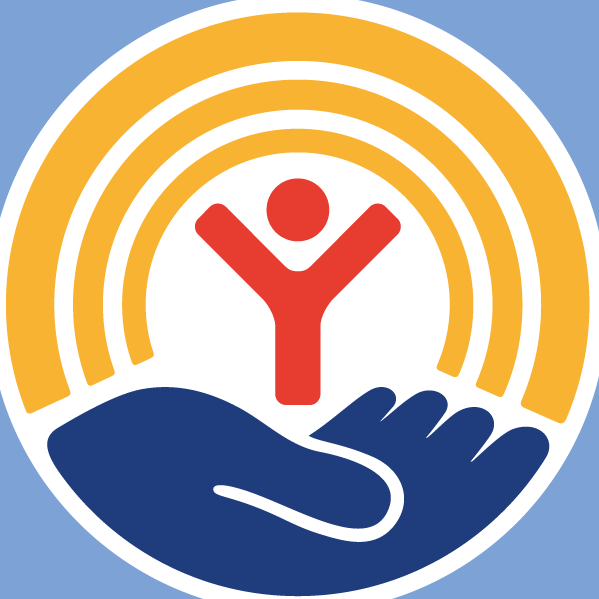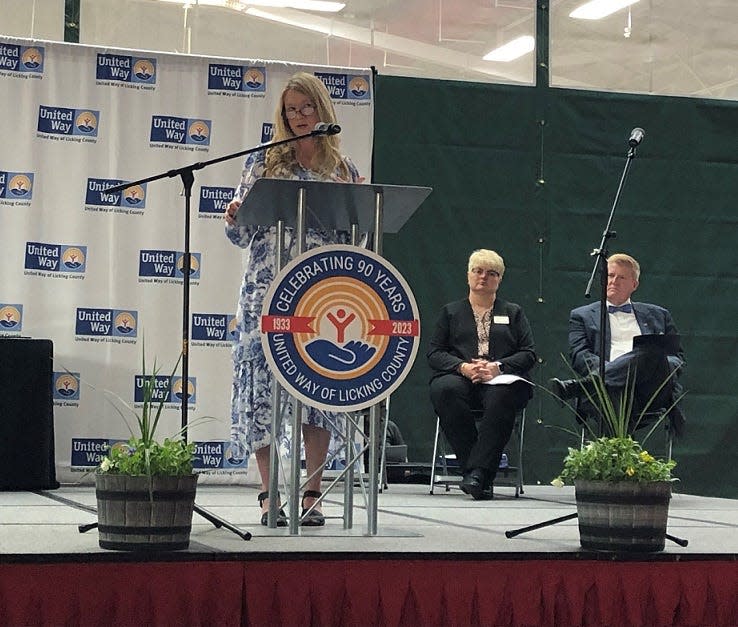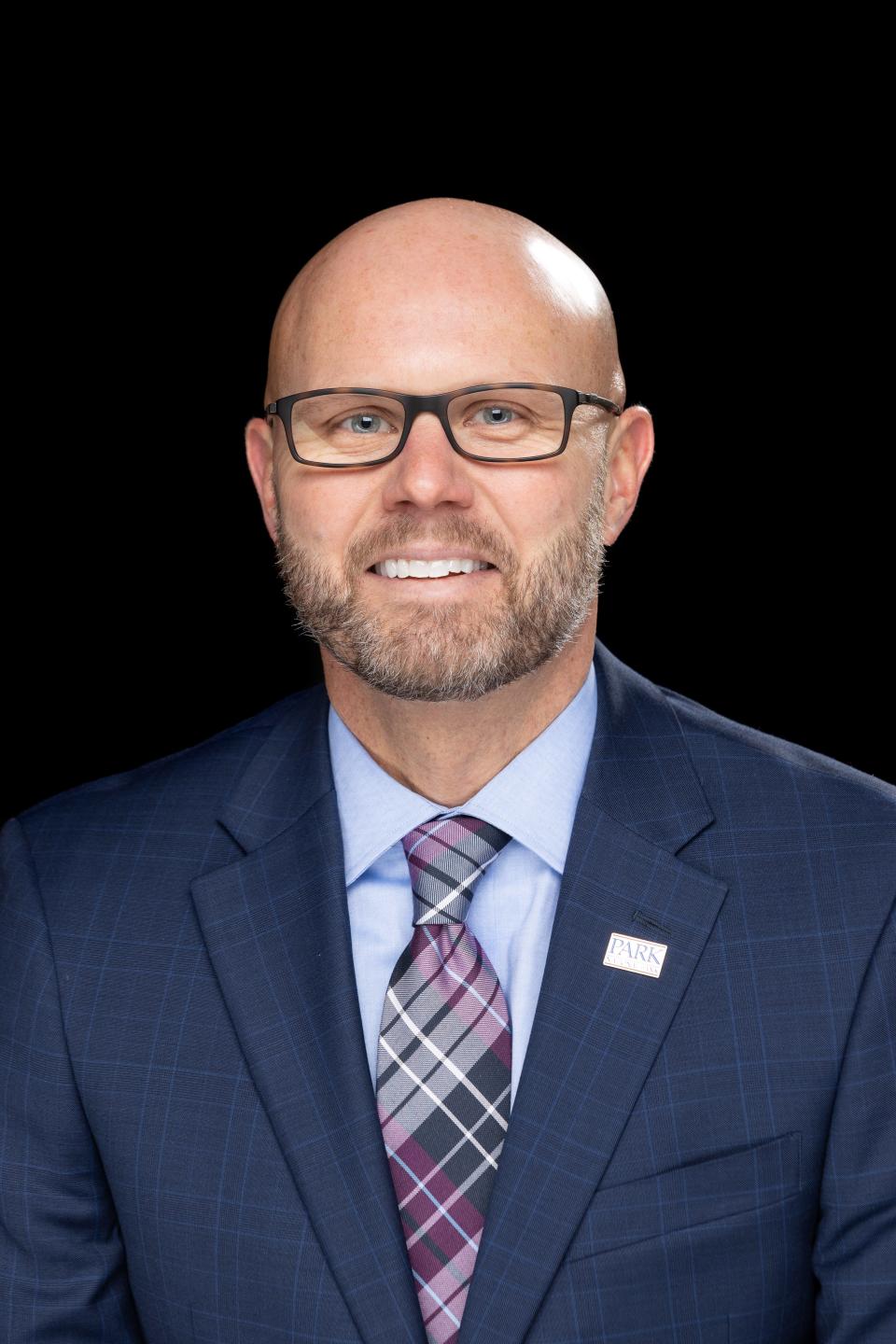Report shows financially-insecure households growing in Licking County

NEWARK − The number of financially-insecure households keeps growing in Licking County, even as the poverty rate changes little and the unemployment rate remains low.
The United Way recently released its biennial ALICE report, which identifies households that are Asset Limited, Income Constrained, and Employed, which means their income does not keep pace with the costs of essentials such as food, transportation, health care, childcare and housing.
ALICE households live just above the official poverty level but are one emergency away from being in a desperate financial situation. The report shows more than 10% of Licking County households in poverty and more than 27% as ALICE households. The state averages are 13% in poverty and another 25% as ALICE households.
The report also reveals a 14% increase from 2019 to 2021 in Licking County households living below the ALICE threshold. In 2019, there were 22,455 households below the ALICE threshold. In 2021, the number jumped to 25,614, an increase of 3,159 households.
The ALICE statistic gives a far different picture of the struggles in Licking County. From 2019 to 2021, the poverty rate in Licking County increased just 1%. Unemployment stayed low, at 3.4% in March.
Deb Dingus, director of the Licking County United Way, said the report shows that many Licking County households suffer severe financial worries on a continuing basis.
“We have more people who are struggling," Dingus said. "It’s a concerning number of people. At some point we need to ask, ‘What do we need to do?’
“When we look at and track data, it’s very clear there's a growing disparity between rich and poor. Nationwide, we see this disparity. There’s a growing gap. That’s very clear.”

According to the report, for a family of four with an infant and preschooler, the annual ALICE household survival budget — the basic cost needed to live and work in Ohio — was $78,768 in 2021. The child tax credit and child dependent care tax credit helped, bringing the family survival budget down to $63,684.
Even with the variety of temporary pandemic supports available in 2021, a family of four with two-full time workers earning salaries as a retail salesperson and a cashier — two of the most common occupations in Ohio — fell short of affording the family budget by $8,161, according to the report.
The county's population centers had some of the highest percentages of households living below the ALICE threshold, with Newark at 55%, the same as in 2019; Heath at 44%; Monroe Township around Johnstown at 39%; and Pataskala at 35%.
“Half of the population in Newark is struggling every single day," Dingus said. "It’s a persistent level of stress. Some people are being left behind. They’ve been left behind for decades. That population will continue to increase.”
As more people move to Licking County, the needs of its residents will only increase, Dingus said.
“The population in central Ohio is projected to significantly increase," Dingus said. "More people, so more in crisis. The needs we have in the community for supportive services is going to significantly increase – housing, transportation, health care, food access.”
The households with financial insecurity are certainly not limited to the population centers, however. The townships north and northeast of Newark are also struggling. The townships of Mary Ann (52%), Washington (50%), Fallsbury (44%), Newton (42%) and Burlington (42%) have many residents living on the financial edge.
"In rural areas, they tend to commute a long way just for a job, and if those jobs are at the lower economic end, then see a (cost of living) increase," Dingus said.
The next ALICE report could show increased financial stress on families, officials warn.
Stephanie Hoopes, the United for ALICE national director, said the good news was that many households received additional financial support during COVID. The bad news is those supports have now ended.
“A positive change during the pandemic was that tax credits, stimulus payments and rental assistance were available for ALICE households and provided strong relief," Hoopes said. "However, as some of these supports come to an end, growing food insufficiency and other indicators reveal continued stress. Ignoring these warning signs places ALICE, our economy, and the well-being of our communities at great risk.”
The report reveals that 70% of the 20 most common jobs in Ohio paid less than $20 per hour in 2021. Many of these top jobs had a large percentage of workers either in poverty or below the ALICE threshold.
Another concern is the possibility of a recession, triggered by persistent inflation. Brad Zellar, vice president at Newark-based Park National Bank, addressed the recession concern.

“It does not appear to me we are (in a recession) right now,” Zellar said. “It would appear, based on data, we’re headed that way. If it would happen, it’d be pretty mild.
“Inflation has come down pretty significantly. It could be cut in half in 10 months. Significant progress has been made, but it’s still double what the Fed is targeting.”
Inflation was 9.1% in June but has fallen to 5% and the April number could be about 4.5% when it’s announced soon, Zellar said.
740-973-4539
Twitter: @kmallett1958
ALICE in central Ohio
The following are central Ohio counties with the number of households in 2021, the percentage living below the ALICE (Asset Limited, Income Constrained, and Employed) threshold and the percent change from two years earlier.
Muskingum: 33,876; 47%; +6%
Licking: 67,761; 38%; +4%
Knox: 22,908; 36%; +3%
Coshocton: 14,517; 45%;; +2%
Fairfield: 59,818; 35%; -1%
Delaware: 80,640; 21%; -2%
Perry: 13,071; 42%; -2%
Franklin: 549,475; 37%; -4%
This article originally appeared on Newark Advocate: ALICE report: Many Licking Countians not in poverty still struggling

